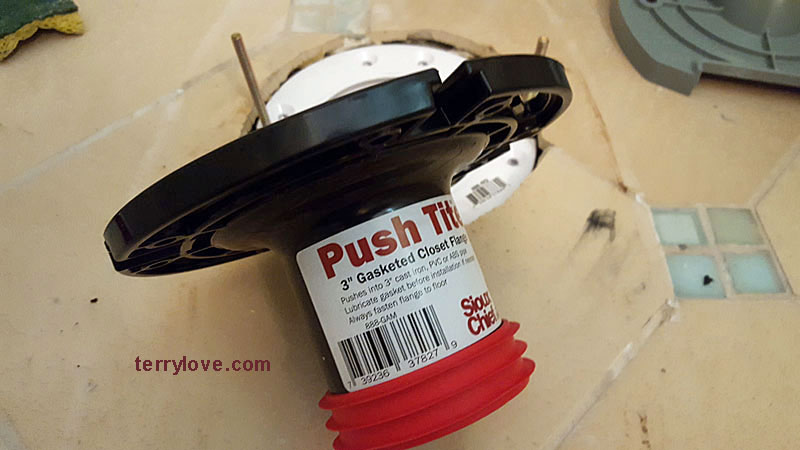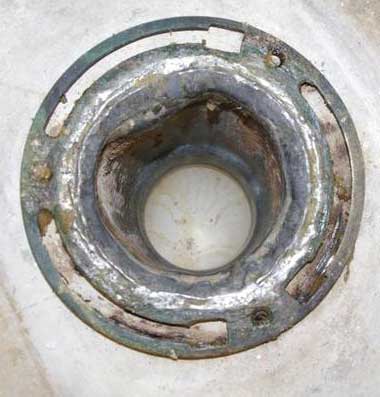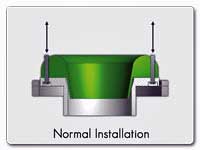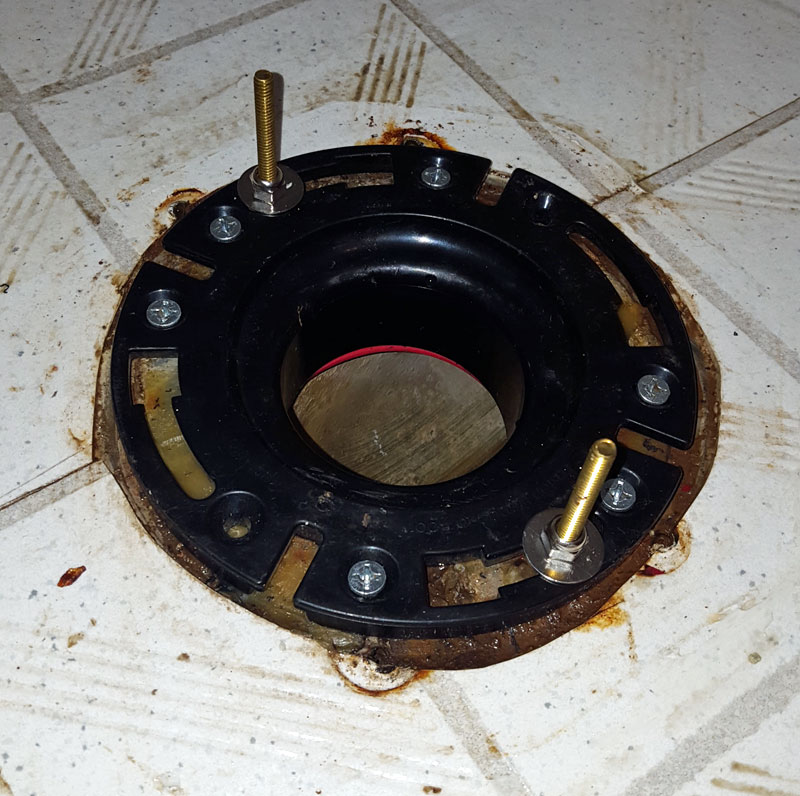cpres
New Member
This is a PVC flange with a rubber gasket around it. You basically just push it down into the drainpipe and screw it to the flooring. I was wondering if there would be an issue if I slid the gasket up towards the top of the flange. This would be opposed to being at the very bottom of the piping.
So, essentially, there would be the flange ring, the gasket beneath it expanded against the drainpipe, and then a few inches of the bottom of the PVC beneath the gasket. I know the standard is to have the gasket at the bottom of the PVC, but I was wondering if it would be a problem if it were at the top.
This is a lead drainpipe by the way (ugh). I am trying to not have to replace it.
Any opinions?

So, essentially, there would be the flange ring, the gasket beneath it expanded against the drainpipe, and then a few inches of the bottom of the PVC beneath the gasket. I know the standard is to have the gasket at the bottom of the PVC, but I was wondering if it would be a problem if it were at the top.
This is a lead drainpipe by the way (ugh). I am trying to not have to replace it.
Any opinions?

Last edited by a moderator:



